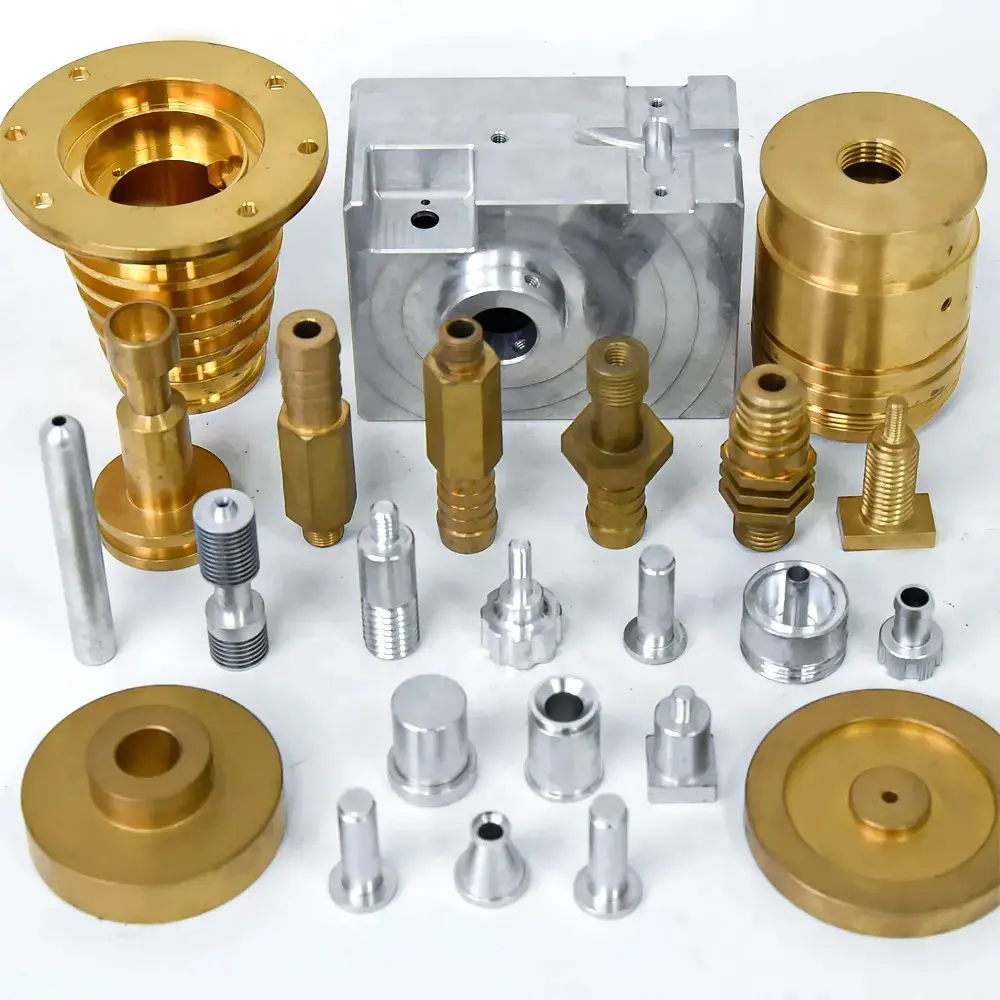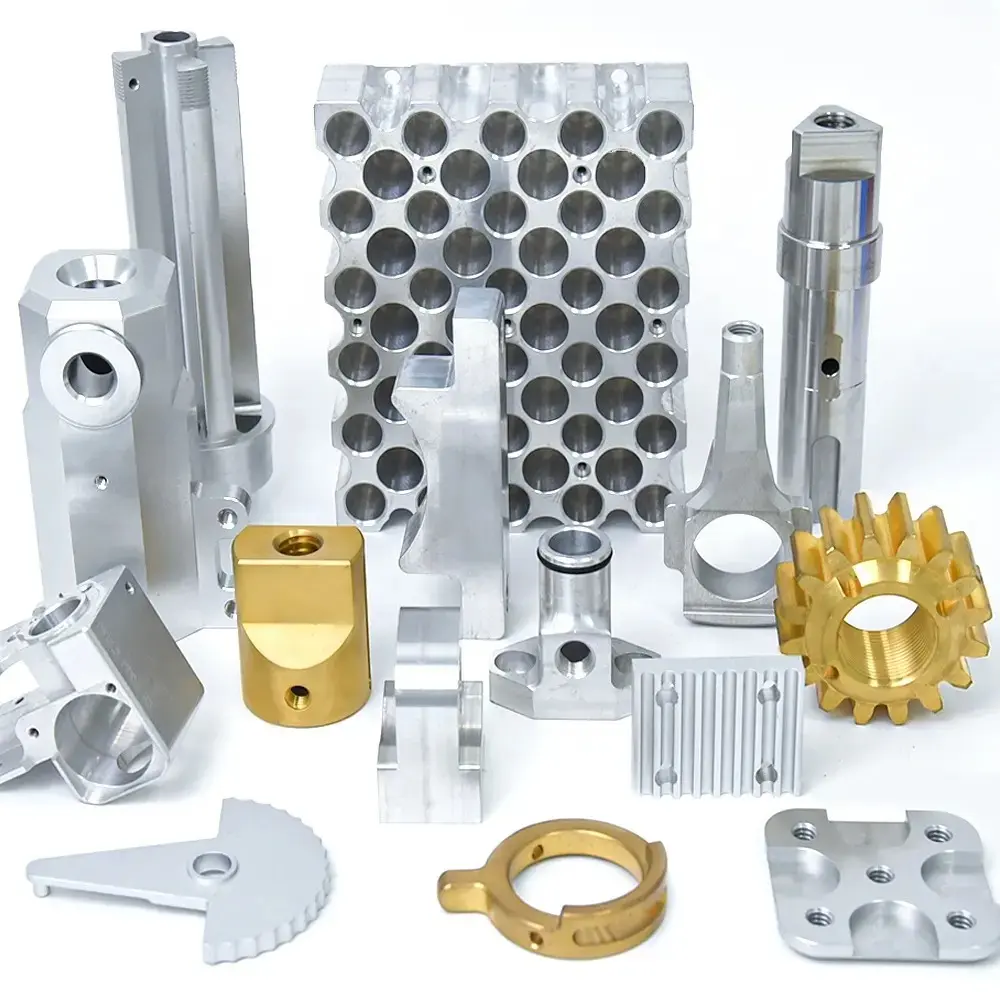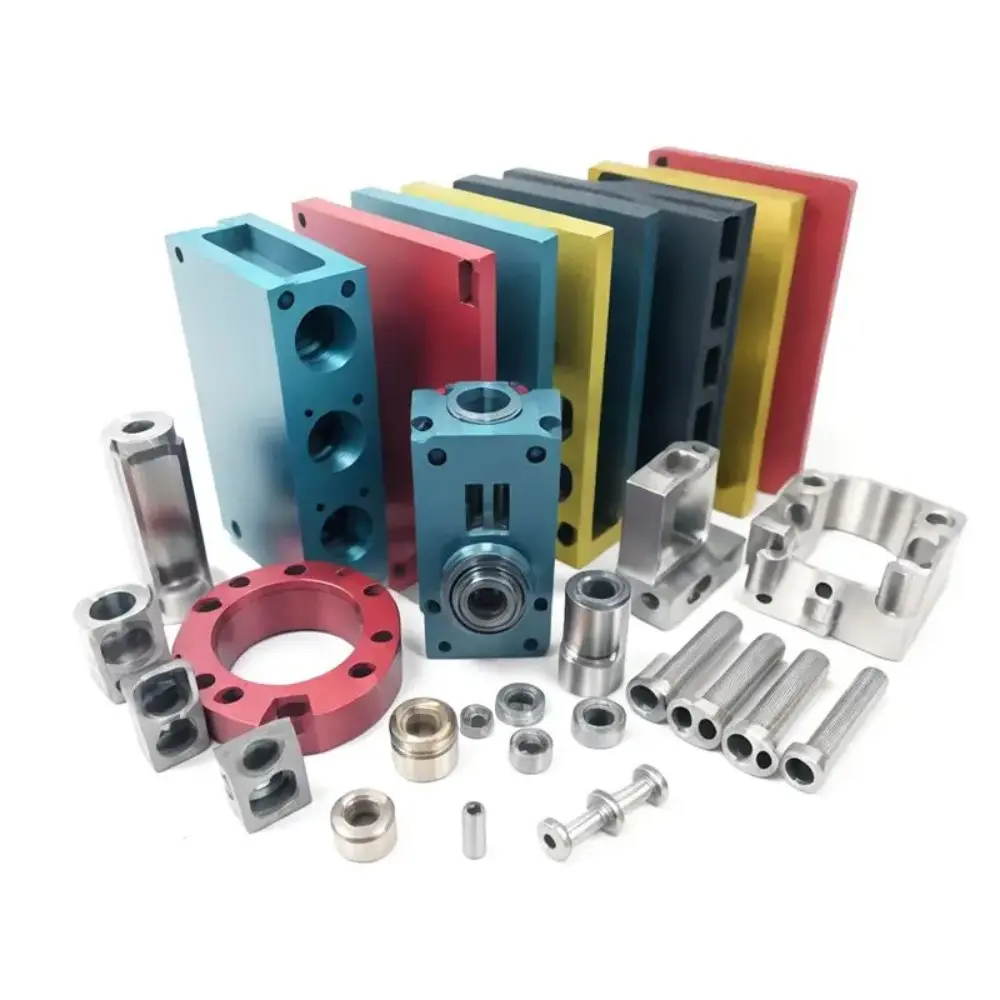3 Axis & 5 Axis CNC Vertical Machining Center Market: Trends, Applications, and Future Insights
Navigating the Evolving Landscape of CNC Vertical Machining Centers
In today’s fast-paced manufacturing environment, precision and efficiency are paramount. The 3 Axis 5 Axis CNC Vertical Machining Center Market is undergoing rapid transformation as industries seek solutions that offer both high productivity and intricate design capabilities. With advancements in automation, IoT, and AI, manufacturers now have access to sophisticated machining centers that not only meet today’s stringent quality standards but also drive future innovations. This article delivers an in-depth exploration of the market dynamics, technological breakthroughs, and strategic considerations crucial for businesses aiming to harness the full potential of both 3-axis and 5-axis CNC vertical machining centers.
Introduction to CNC Vertical Machining Centers
The manufacturing landscape is evolving with an increased focus on automation and precision engineering. CNC vertical machining centers have become indispensable tools across diverse sectors—from automotive and aerospace to medical devices and consumer electronics. These advanced systems enable manufacturers to produce high-quality components efficiently while adapting to the evolving complexities of modern design. The drive toward digitalization and smart manufacturing further fuels the demand for both 3 Axis 5 Axis CNC Vertical Machining Centers and their specialized applications.
Understanding 3-Axis vs. 5-Axis CNC Machining
What is a 3-Axis CNC Vertical Machining Center?
- Definition: A 3-axis CNC vertical machining center operates along the X, Y, and Z axes. It is ideally suited for milling, drilling, and cutting operations that involve flat or moderately complex geometries.
- Applications: This type of machine is commonly used in the high-volume production of automotive components, molds, and consumer electronics. Its straightforward design and operation make it a favorite for companies focusing on efficiency and cost-effectiveness.
What is a 5-Axis CNC Vertical Machining Center?
- Definition: A 5-axis CNC vertical machining center builds on the functionality of its 3-axis counterpart by integrating two additional rotational axes (commonly referred to as A and B). This enables the machining of complex, multi-sided components with high precision.
- Applications: 5-axis machines are critical in industries where intricate geometries are essential—such as in the aerospace sector for turbine blades, in the medical field for custom implants, and in advanced automotive prototype development. The enhanced flexibility allows for tighter tolerances and innovative design possibilities.
Key Differences in Capabilities
- Precision vs. Complexity: While 3-axis machines excel in the production of prismatic parts, 5-axis systems achieve superior accuracy—often reaching tolerances of ±0.001mm on complex, organic shapes.
- Efficiency: With the capability to machine multiple faces in a single setup, 5-axis machines can reduce setup time by up to 60% for complex projects. However, this comes at a higher initial investment and requires a more skilled operator base.
- Cost Considerations: The higher capital cost of 5-axis machines is often offset by significant reductions in post-processing time and material waste, making them an attractive option when considering the long-term ROI, especially in markets such as aerospace and medical device manufacturing.
Global Market Overview of CNC Vertical Machining Centers
Current Market Size and Growth Projections
The global CNC Vertical Machining Center Market is robust and dynamic. Valued at approximately $12.5 billion in 2023, industry experts forecast a compound annual growth rate (CAGR) of around 7.8% through 2030. This growth is largely driven by the increasing demand from the aerospace and electric vehicle (EV) sectors, where precision and speed are critical.
- Regional Leaders: The Asia-Pacific region, accounting for nearly 45% of the market share, continues to dominate due to burgeoning automotive industries in China and India, as well as rapid industrialization and technological adoption across the region.
Key Market Players
Leading manufacturers such as DMG Mori, Haas Automation, and Makino are spearheading innovation in this sector. These companies are integrating advanced features like AI-driven predictive maintenance and energy-efficient designs to differentiate their products. Their continuous investment in research and development ensures that the 3 Axis 5 Axis CNC Vertical Machining Center offerings remain competitive and state-of-the-art.
Drivers Fueling Market Expansion
Industry-Specific Demand
The surge in demand for precision components in various industries has been a significant driver:
- Aerospace: The trend toward lightweight and fuel-efficient components is propelling the adoption of 5-axis CNC machines, given their superior capability in machining complex aerodynamic shapes. For example, the cost benefits of 5-axis CNC for aerospace applications are clear when considering reduced material waste and enhanced product performance.
- Medical: The production of custom implants and biocompatible components requires the extreme precision of 5-axis systems. Meanwhile, 3-axis systems continue to serve the high-volume production needs of standardized parts in medical device manufacturing.
- Automotive: High production rates coupled with precise component requirements make 3-axis machines ideal for engine blocks and molds, supporting 3-axis CNC applications in automotive manufacturing.
Technological Innovations
The ongoing evolution in CNC machining is marked by several transformative trends:
- Hybrid Manufacturing: Integration of additive and subtractive manufacturing methods is emerging as a game changer, enabling rapid prototyping and custom part production with reduced lead times.
- IoT and Real-Time Monitoring: IoT-enabled systems facilitate real-time monitoring of machine health and process parameters, reducing downtime by nearly 30% and enhancing overall operational efficiency.
- AI and Machine Learning: The implementation of predictive analytics not only optimizes tool paths but also minimizes material waste by approximately 15%, reinforcing the competitive edge of modern machining centers.
Challenges in Adoption
Cost and Skill Barriers
One of the primary challenges facing the industry is the high initial cost and the requirement for skilled operators:
- Investment: 5-axis machines can cost 2–3 times more than 3-axis counterparts, posing a significant barrier for small to medium-sized enterprises (SMEs). However, leasing options and modular training programs are emerging solutions that help mitigate these challenges.
- Skill Gap: The complexity of operating 5-axis machines necessitates a higher level of expertise, which in turn drives up labor costs. Investing in continuous workforce training and certification programs is essential for bridging this skill gap and ensuring optimal machine utilization.
Maintenance Complexities
Advanced CNC systems require specialized maintenance protocols:
- Routine Upkeep: The sophisticated nature of 5-axis machines, with their multiple moving parts and integrated sensor systems, demands regular and specialized maintenance. AI-driven diagnostic tools are gradually reducing long-term maintenance costs by preempting breakdowns and streamlining service routines.
Emerging Trends Shaping the Future
Sustainability in CNC Machining
Sustainability is becoming a pivotal factor in machining center design and operation:
- Energy Efficiency: Innovations such as energy-efficient spindles and the adoption of recyclable coolants align the industry with global ESG (Environmental, Social, and Governance) goals.
- Resource Optimization: Techniques that minimize waste—both in terms of raw material and energy consumption—are being integrated into machine designs, ensuring that future developments not only meet but exceed current environmental standards.
AI and Machine Learning
The role of AI in CNC machining is expanding:
- Predictive Analytics: By harnessing machine learning algorithms, manufacturers can optimize tool paths and predict maintenance needs, effectively reducing downtime and enhancing product quality.
- Process Optimization: AI-driven systems can dynamically adjust machining parameters based on real-time feedback, leading to more efficient operations and lower production costs.
Choosing the Right Machining Center
Decision-Making Factors
Selecting the appropriate machining center involves careful analysis of production needs and financial considerations:
- Volume vs. Complexity: For operations that demand high-volume production of relatively simple parts, a 3-axis system is typically more efficient. In contrast, for low-volume, intricate designs where detail and precision are paramount, a 5-axis machine is the preferred choice.
- ROI Analysis: Evaluating the return on investment (ROI) is critical. Factors such as reduced post-processing, lower scrap rates, and overall productivity gains must be weighed against the higher initial cost of 5-axis systems. Manufacturers frequently search for insights on how to choose between 3-axis and 5-axis machines to guide their investments.
Case Study Scenarios
Practical examples underscore the strategic differences:
- Automotive OEM: Utilizing a 3-axis machine for the production of engine blocks can support a throughput of up to 20,000 units per year, optimizing cost efficiency and operational speed.
- Medical Startup: A 5-axis system is essential for fabricating titanium spinal implants where precision and customization are critical, even if production volumes are lower (e.g., 200 units per year).
Conclusion and Strategic Recommendations
The CNC Vertical Machining Center Market is on the cusp of a technological revolution, with 5-axis systems steadily becoming more accessible and cost-effective for a broader range of manufacturers. To stay competitive, businesses must prioritize:
- Scalability: Investing in flexible machining centers that can adapt to evolving production requirements.
- Workforce Training: Implementing comprehensive training programs to ensure operators are proficient with advanced machinery.
- Sustainability: Adopting eco-friendly practices and energy-efficient technologies that align with global sustainability goals.
For companies looking to navigate this complex market, balancing the cost benefits of advanced 5-axis systems with the efficiency of traditional 3-axis solutions is key. Manufacturers are encouraged to conduct detailed ROI analyses and consider modular leasing options to bridge initial cost barriers. By aligning strategic investments with market trends and technological innovations, businesses can not only meet current production demands but also position themselves for future growth in a competitive landscape.






